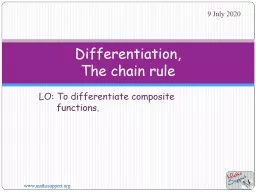PPT-DIFFERENTIATE INSTRUCTION
Author : joyousbudweiser | Published Date : 2020-06-15
middlehigh school mathematics p resented by Judith T Brendel EdM May 1 2017 FEA fullday 9am3pm DIFFERENTIATE why For students to experience multiple opportunities
Presentation Embed Code
Download Presentation
Download Presentation The PPT/PDF document "DIFFERENTIATE INSTRUCTION" is the property of its rightful owner. Permission is granted to download and print the materials on this website for personal, non-commercial use only, and to display it on your personal computer provided you do not modify the materials and that you retain all copyright notices contained in the materials. By downloading content from our website, you accept the terms of this agreement.
DIFFERENTIATE INSTRUCTION: Transcript
Download Rules Of Document
"DIFFERENTIATE INSTRUCTION"The content belongs to its owner. You may download and print it for personal use, without modification, and keep all copyright notices. By downloading, you agree to these terms.
Related Documents

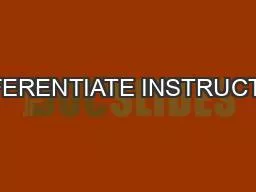
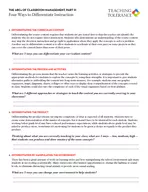
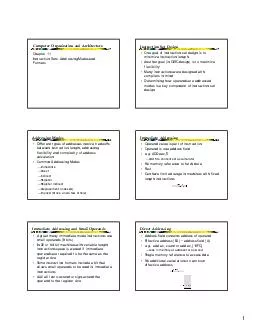
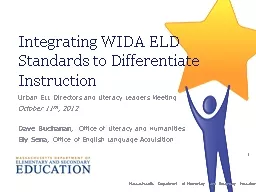
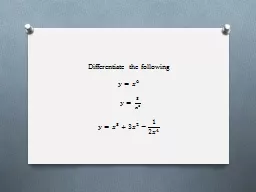
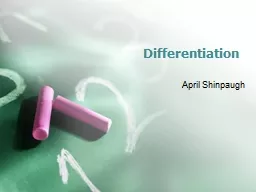
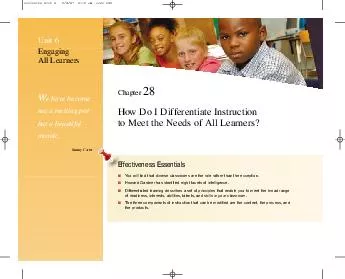
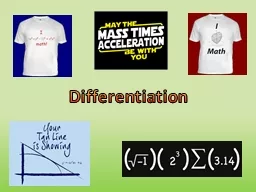
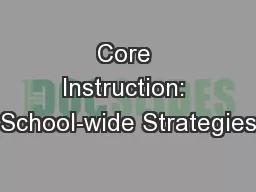
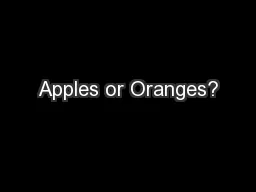
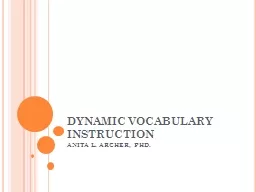
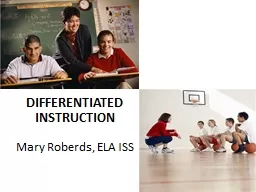
![[EBOOK] - How to Differentiate Instruction in Academically Diverse Classrooms](https://thumbs.docslides.com/901442/ebook-how-to-differentiate-instruction-in-academically-diverse-classrooms.jpg)
